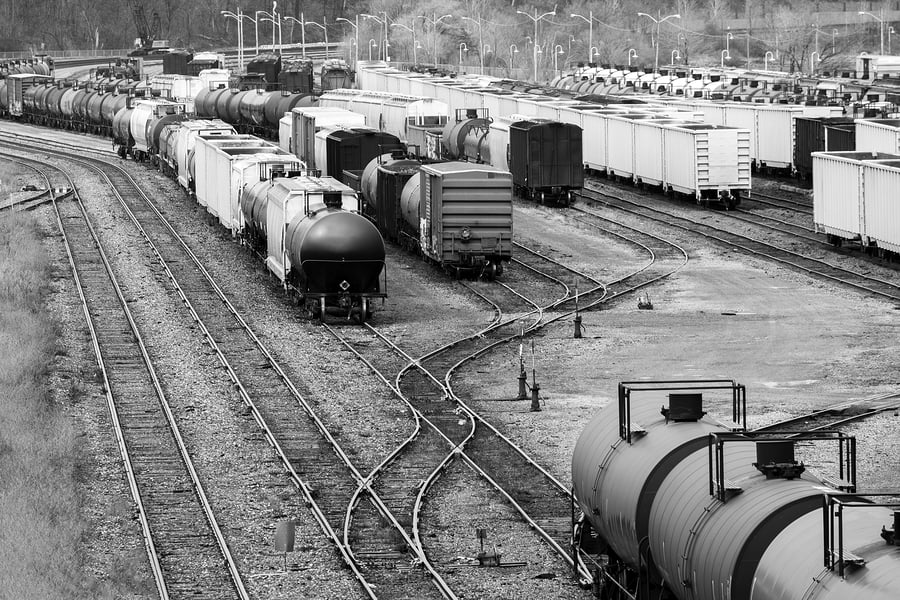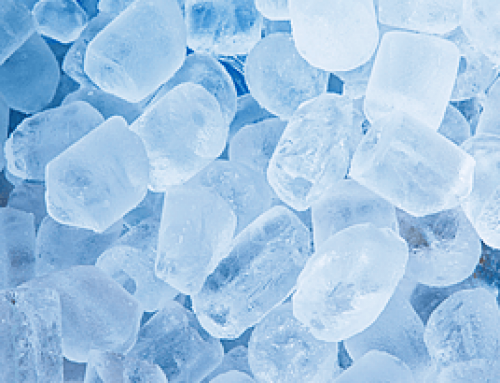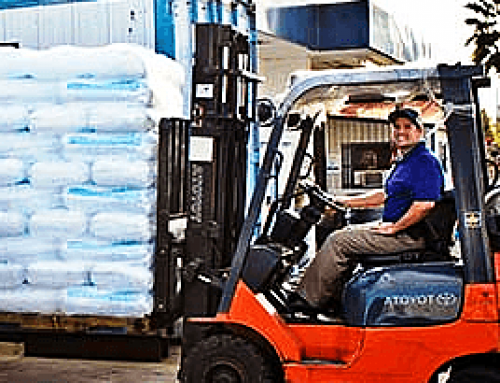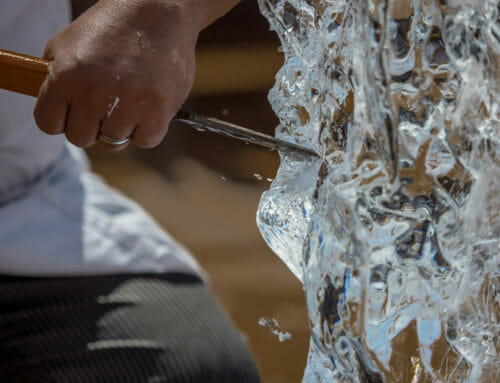Life before refrigerators. How did they do it? It’s hard to imagine living without a refrigerator where you can store leftovers, make ice and grab a cool drink. But the truth is, there’s a long and interesting history of ice that inspired engineers to create our modern day refrigerators.
How did it work? Where did ice come from and how was it even delivered before refrigeration? Wouldn’t it all have melted in transport?
Surprisingly, no.
Here are some answers about how ice was delivered in the pre-refrigerator age:
Horses, Trains and Boats
It wouldn’t have occurred to most people, but in 1806, the “Ice King”, Frederic Tudor, a Boston native, shipped a boat full of ice to Martinique, a Caribbean island. The first of many an ice venture, he eventually convinced people across the US that ice was a necessity of life. Although his first shipment to the Caribbean was a failure (no one wanted to buy it), his pioneering spirit led him to begin a large economic movement in ice.
Harvesting ice from ponds in the winter, ice businesses began to flourish throughout New England and other areas cold enough to create good, thick ice. Most operations used horse-drawn carriages to take ice to storehouses. From there, trains, boats and horses were used to transport the ice where it needed to go.
Keeping the Ice from Melting
While it seems reasonable that ice was moved around by horse and carriage, you’re probably wondering how deliverers kept the ice cold. Part of the strategy lies in using large blocks of ice. The larger the ice blocks, the smaller the surface area exposed to the air, and the slower it melts.
Another strategy involved using straw and other insulation materials to keep the ice cold.
Large ice store houses were created in city centers and on wealthy people’s properties to store the ice. Using straw, stone, wool and other materials, an insulated storage space was created. Some even dug out underground storehouses for the best insulation.
Iceboxes were commonly found in homes. Similar to our modern day refrigerators, these ice and food storage devices acted as coolers. Of course the insulation was less sophisticated than what’s available today, and even large blocks of ice typically only lasted for one day. As you can imagine, a drip pan was also necessary to catch the melted ice. Insulation such as tin and zinc lined these wooden ice boxes.
Ice distributors would deliver ice daily using a horse and carriage, filling the ice boxes with new ice. Blocks weighed between 25 and 100 pounds. There are still cards from the end of the 1800s that show how families ordered their ice. People would place the card in the window to indicate what size of ice block they required.
The End of Ice Harvesting
With electric refrigerators and freezers, ice harvesting began to diminish. Once these devices became affordable, it’s understandable why everyone made the switch to this modern, easier to use system. The ice harvesting and transport business was over, but we have to thank the birth of this industry for introducing us to the wonderful world of food preservation through cool temperatures. What’s more, the treat of a glass of iced-tea, delicious ice cream and other frozen delights are all part of our lives thanks to the initiative of the brave and innovative people who began the ice business.
Here at Crystal Ice, we are thankful for the legacy ice harvesters have left us. Although things are much easier now in the age of electric freezers and refrigerators, we have carried the same passion for ice into our modern day business.
If you need high-quality ice delivered to your home, event or business, contact Crystal Ice today! We’ll be happy to deliver.







Thank you for the history lesson, my dad’s first job was at an ice company, he later became a manager.
I was born in Crossette, Ark and my father delivered Ice to homes in crossette I remember my sister and would sit on tge front porch and Waite for him to come home for lunch, My Uncle worked at the Mill
And Daddy delivered Ice All of the families loved him from both races, there were lots of families that worked for Switzers father
My mother loved Crossette Arkansas my Hod Mother was a beautician. My Uncle owned tge best Barbecue in the city
I enjoyed reading the brief history of the beginnings of a product I couldn’t live without -ice!